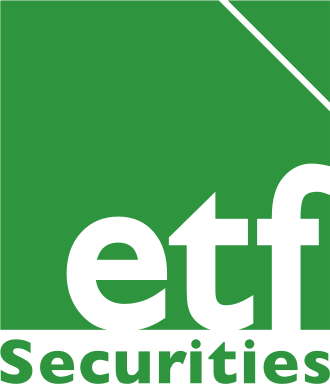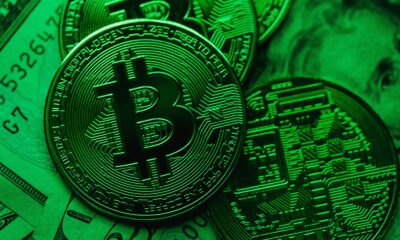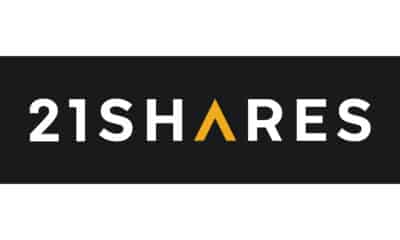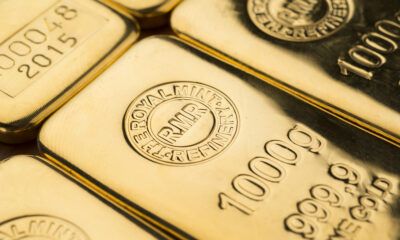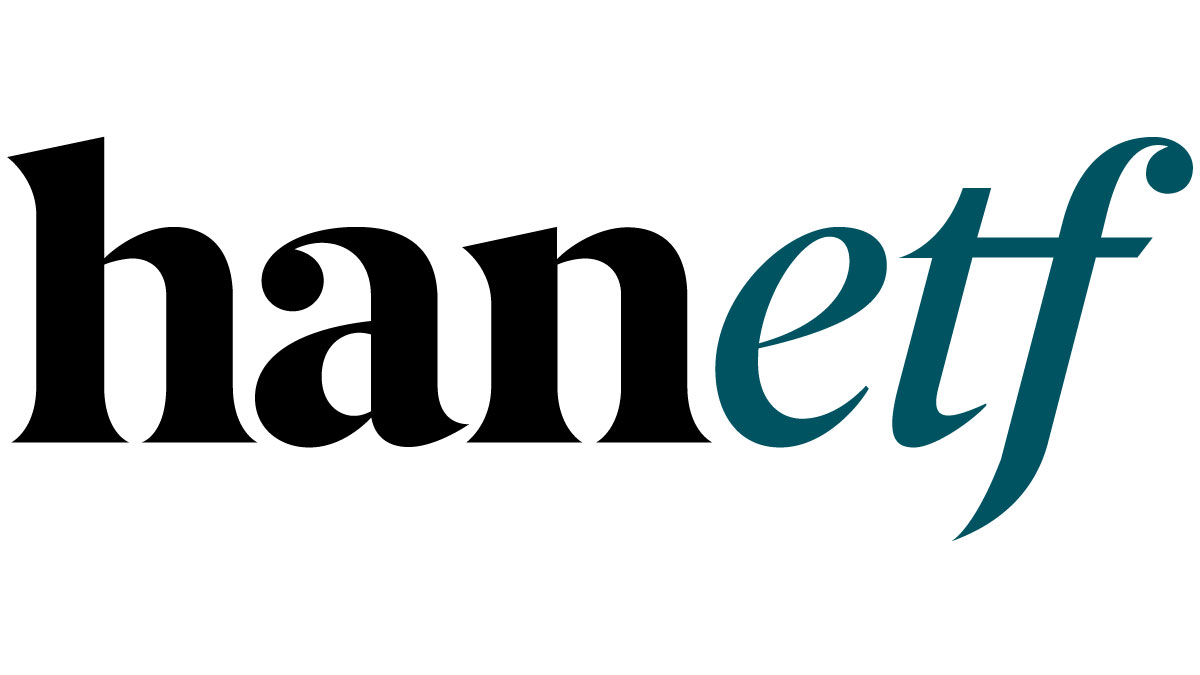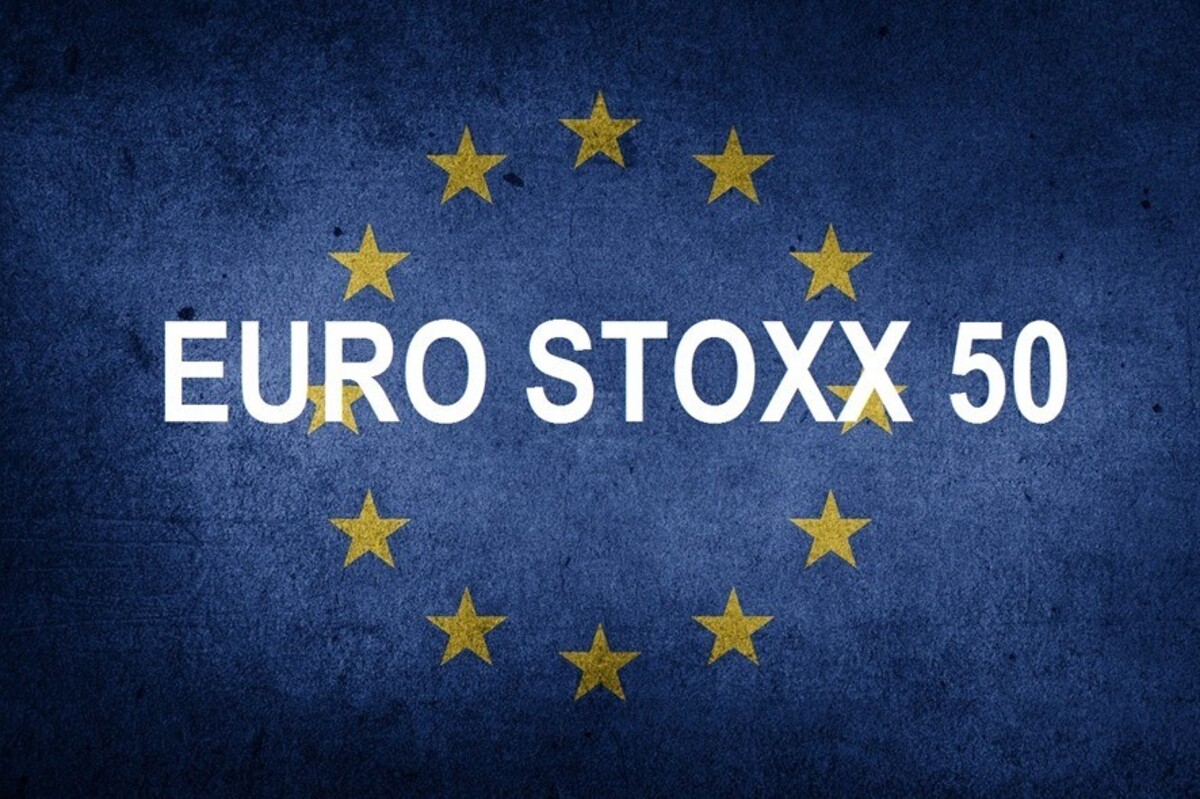ETF Securities Commodity Research: A short-term pull-back in industrial metals likely to open new entry points
Highlights
- Industrial metal prices have staged a strong rally as tightening supplies support fundamentals.
- Given the long lead times in exploration and development of mines, even though capital expenditure may soon start to increase, we expect supplies to remain tight and the market is unlikely to achieve balance in the short term.
- However, there are threats to the current rally as strong momentum could give way to a pull-back in prices. Historically periods in which trading volumes in China have risen sharply have been followed by a correction.
- These pull-backs are usually an opportunity to shake out momentum trades and allow the market to focus on fundamentals rather than a sustained downturn.
Recovering losses
Industrial metals are staging a strong rally. Year to date, the Bloomberg Industrial Metals sub-index for example has risen 17%. Industrial metal prices last peaked in 2011 and since lost 60% by the time it hit a trough in 20161. About 34% of those losses have recovered so far in the rally that started in 2016. While zinc is currently trading higher than it was in 2011, all other metals still have not recovered to their prior levels.
Metals in a supply deficit
The demand for zinc, copper and nickel is expected to be higher than supply. These metals have gone through back-to-back years of supply deficits. Copper has been in a supply deficit for the past seven years and by 2018, the metal will have recorded nine consecutive years of stock withdrawals if the International Copper Study Group’s forecasts are correct. The lead market is broadly balanced. Aluminium could shift into a supply deficit if China follows through with its attempts to cut capacity in winter months to improve the environment (see Metal supply to tighten as environmental concerns enforced).
Increase in production unlikely soon
Since industrial metal prices began to fall in 2011, capital expenditure by miners collapsed. In mid-2017 capital expenditure by the largest 100 mines was 60% lower than in mid-2013. Given the long lag times behind investment and completion of mines, we don’t expect the tightness of mine supply to reverse any time soon.
Added to that, miners are cautious to increase spending as they wait for the price recovery to prove sustainable. Historically we have seen about a year-long lag between a recovery in price and a recovery in capital spending. Given that the rally stalled between February and June this year (before starting again), miners could exercise even more caution in this cycle.
Historically we have found that metal markets begin to move towards a balance two years after miner profit margins hit rock-bottom. Miner margins fell to a low of 2% at the beginning of 2016 and since have recovered to just over 7%. So if we see a repeat of historical patterns, we should see supply begin to improve in late 2018, but it could take years to move back into balance.
Rally sustainabilty
We believe that the tightness in the metals market provides fundamental strength to prices. However, we have observed periodic pull-backs in prices: November – December 2016 and March – June 2017, when metal prices declined close to 10% in each episode. Given the rapid 17% increase in prices since June, are we due another correction?
In November 2016 we saw the price pull-back occur shortly after volumes of trading in Chinese futures increased and subsequently fell. The price volatility was largely driven trading volatility. At the time the Chinese authorities had increased their regulatory grip on the market to stop destabilizing trades from ‘tourist’ investors from influencing the market. Given the rise in trading volumes on the Shanghai Futures Exchange in August, we could be witnessing another episode of herd-like buying that could dissipate very quickly.
We note that, while in the November 2016, pre-7am trading in LME copper surged (indicating increased buying from Asia), this time around, volumes have remained stable. However, pre- 7am LME aluminium volumes have increased alongside SHFE volumes in August.
Indeed, we could be witnessing a broader trend of Asian trading having a wider influence on LME prices. With the exception of copper once again, the share of pre-7am trading in most LME metals has been rising over the past two years.
A pull-back in prices is a likely outcome as momentum trades withdraw. However, as the fundamentals remain strong, we believe that a good entry point will open up as result.
For more information contact:
ETF Securities Research team
ETF Securities (UK) Limited
T +44 (0) 207 448 4336
E info@etfsecurities.com
Important Information
This communication has been issued and approved for the purpose of section 21 of the Financial Services and Markets Act 2000 by ETF Securities (UK) Limited (“ETFS UK”) which is authorised and regulated by the United Kingdom Financial Conduct Authority (the “FCA”).
The information contained in this communication is for your general information only and is neither an offer for sale nor a solicitation of an offer to buy securities. This communication should not be used as the basis for any investment decision. Historical performance is not an indication of future performance and any investments may go down in value.
This document is not, and under no circumstances is to be construed as, an advertisement or any other step in furtherance of a public offering of shares or securities in the United States or any province or territory thereof. Neither this document nor any copy hereof should be taken, transmitted or distributed (directly or indirectly) into the United States.
This communication may contain independent market commentary prepared by ETFS UK based on publicly available information. Although ETFS UK endeavours to ensure the accuracy of the content in this communication, ETFS UK does not warrant or guarantee its accuracy or correctness. Any third party data providers used to source the information in this communication make no warranties or representation of any kind relating to such data. Where ETFS UK has expressed its own opinions related to product or market activity, these views may change. Neither ETFS UK, nor any affiliate, nor any of their respective officers, directors, partners, or employees accepts any liability whatsoever for any direct or consequential loss arising from any use of this publication or its contents.
ETFS UK is required by the FCA to clarify that it is not acting for you in any way in relation to the investment or investment activity to which this communication relates. In particular, ETFS UK will not provide any investment services to you and or advise you on the merits of, or make any recommendation to you in relation to, the terms of any transaction. No representative of ETFS UK is authorised to behave in any way which would lead you to believe otherwise. ETFS UK is not, therefore, responsible for providing you with the protections afforded to its clients and you should seek your own independent legal, investment and tax or other advice as you see fit.

 Nyheter2 veckor sedan
Nyheter2 veckor sedan
 Nyheter4 veckor sedan
Nyheter4 veckor sedan
 Nyheter2 veckor sedan
Nyheter2 veckor sedan
 Nyheter4 veckor sedan
Nyheter4 veckor sedan
 Nyheter2 veckor sedan
Nyheter2 veckor sedan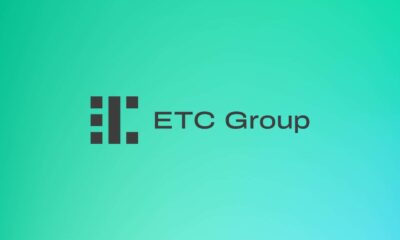
 Nyheter4 veckor sedan
Nyheter4 veckor sedan
 Nyheter3 veckor sedan
Nyheter3 veckor sedan
 Nyheter4 veckor sedan
Nyheter4 veckor sedan
